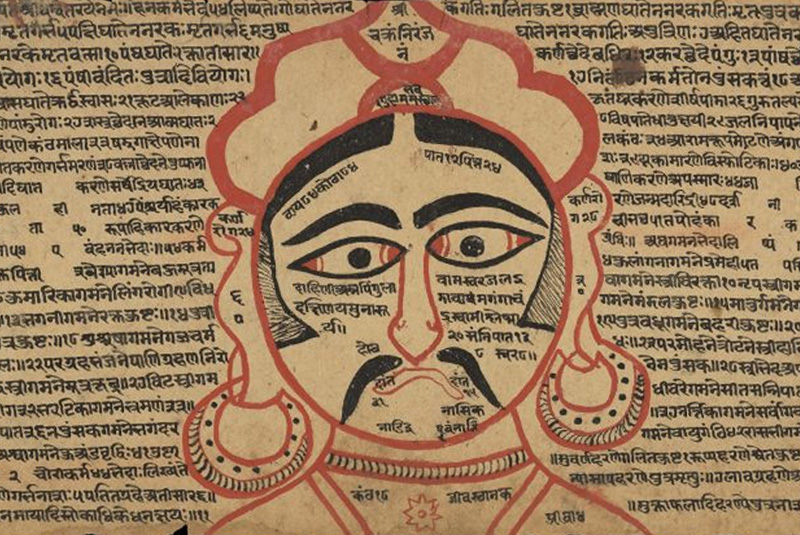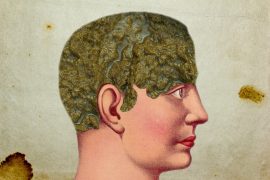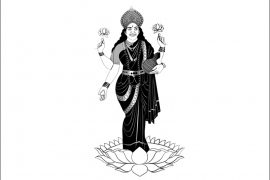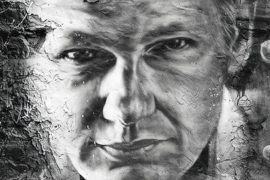What is a human body? This may seem a facetious question, but the answer will be very different according to which medical tradition you consult. Take Ayurveda, a traditional system of medical knowledge from India which has enjoyed a renaissance of popularity in the West since the 1980s – and is the subject of a 2017 exhibition at London’s Wellcome Collection.
Walking around the show, one is encouraged to explore different ways of understanding and visualising the human body. The Ayurvedic body differs significantly from that of European biomedicine, which is based on dissection. The Ayurvedic body is a body of systems. It is conceptualised as being composed of five constituent parts (mahābūta), seven body substances (dhātu) and three regulating qualities (doṣa).
According to Ayurvedic theory, by attending to imbalances between these principles in a body, health might be promoted and illness avoided. The Ayurvedic concepts of the doṣas – vata, pitta and kapha can be seen in the West today promoting teas, soaps and massages.
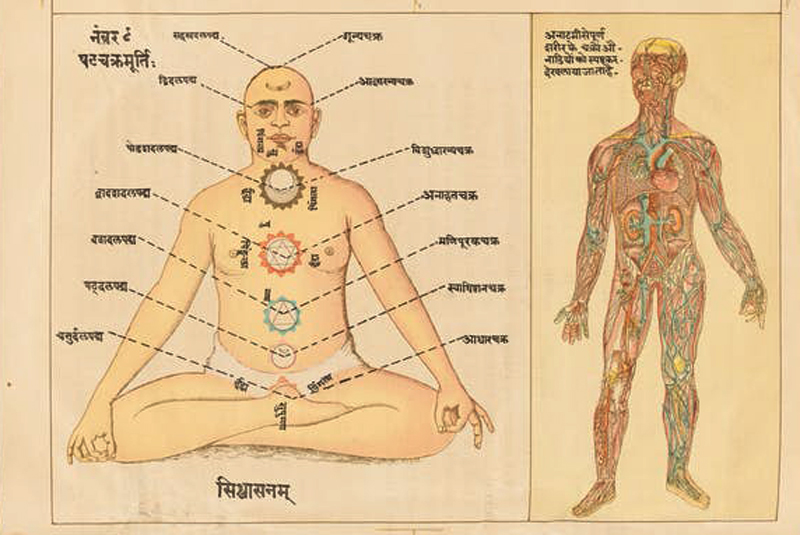
-30-
Copyright©Madras Courier, All Rights Reserved. You may share using our article tools. Please don't cut articles from madrascourier.com and redistribute by email, post to the web, mobile phone or social media.Please send in your feed back and comments to editor@madrascourier.com

